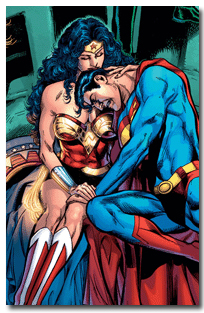 Today the character of Superman is known as a big weeping boyscout, but it wasn't always that way. That characterization that he must always be perfect, good and kind is at odds with most story-telling and at times causes restrictions to creativity. But once upon a time Superman was seriously flawed, had a bad temper and was very much at odds with the status quo instead of being a tool of the system.
Today the character of Superman is known as a big weeping boyscout, but it wasn't always that way. That characterization that he must always be perfect, good and kind is at odds with most story-telling and at times causes restrictions to creativity. But once upon a time Superman was seriously flawed, had a bad temper and was very much at odds with the status quo instead of being a tool of the system.
That a superhero is fighting the establishment is something of a cliche now, having been explored most famously by Marvel Comics in the character of Peter Parker as Spider-Man (and enjoying something of a revival with many characters in Marvel after the Civil War story lines). But Superman was different from the comic characters that would ape his success later. In his early days, Superman was a vigilante who was sought after by the authorities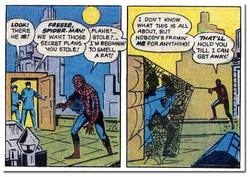 for rabble-rousing and his upsets of the system. The authorities were annoyed that Superman he did not follow the rules, didn't "understand" how things worked and often did a better job than them of catching crooks. Superman cut through red tape by taking direct action and was the symbol of the frustrated working class who did not have the resources to fight injustice or better their situation. Superman basically embodied revolution in one body and that worried those in charge.
for rabble-rousing and his upsets of the system. The authorities were annoyed that Superman he did not follow the rules, didn't "understand" how things worked and often did a better job than them of catching crooks. Superman cut through red tape by taking direct action and was the symbol of the frustrated working class who did not have the resources to fight injustice or better their situation. Superman basically embodied revolution in one body and that worried those in charge.
In Action Comics #8 (January 1939), Superman comes to the aid of a group of dead-end kids. Lured into organized crime by a Fagin-like criminal, the kids are double-crossed and given up to the police when their crimes begin to lead back to him. Superman gets involved and violently frees all the captured youths from the police.
Once Superman proved himself as a tough-guy of the mean streets, the kids vow to change their ways and go straight since any feller so tough is awright with them. Superman then opines that the kids are dangerous, murdering delinquents due to their living in a ghetto and sets a plan into motion to force the government to rectify their living conditions, thereby halting all crime.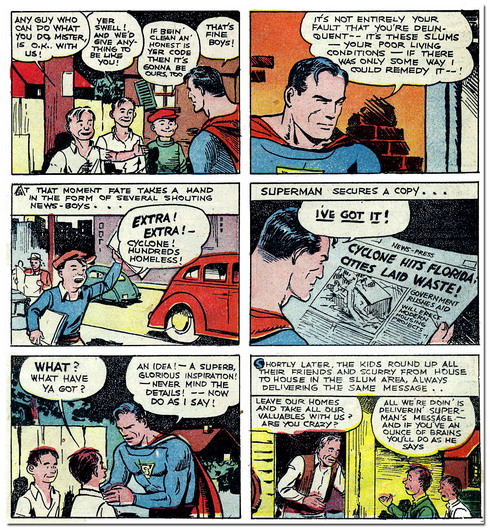 Superman accomplishes this by organizing strikes and petitions and creating greater public awareness of the plight of the poor. Just kidding! Actually, Superman forces the authorities take care of their citizens by making homeless refugees of the ghetto residents, attacking the city and destroying the slums by smashing up all the buildings and infrastructure with his bare hands.
Superman accomplishes this by organizing strikes and petitions and creating greater public awareness of the plight of the poor. Just kidding! Actually, Superman forces the authorities take care of their citizens by making homeless refugees of the ghetto residents, attacking the city and destroying the slums by smashing up all the buildings and infrastructure with his bare hands.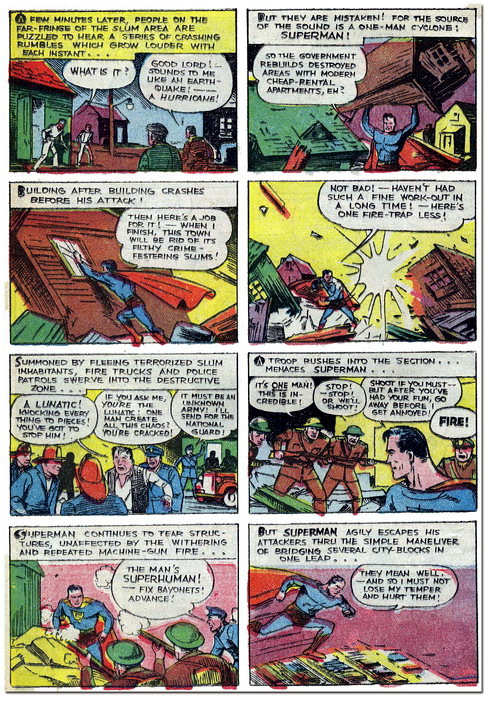 Since no government could possibly remain idle while a force of nature wreaks havoc on a city, the military is called to respond and put a halt to Superman's urban renewal efforts. Unable to stop Superman with ground troops the government then escalates the situation and applies a scorched earth policy using fighter aircraft. The attacking airplanes swiftly finish the job Superman started by bombing the the ghetto and leveling the entire district, turning it into a gutted wasteland while in the process failing to even muss Superman's spit-curl.
Since no government could possibly remain idle while a force of nature wreaks havoc on a city, the military is called to respond and put a halt to Superman's urban renewal efforts. Unable to stop Superman with ground troops the government then escalates the situation and applies a scorched earth policy using fighter aircraft. The attacking airplanes swiftly finish the job Superman started by bombing the the ghetto and leveling the entire district, turning it into a gutted wasteland while in the process failing to even muss Superman's spit-curl. Unlike in the real world, after a disaster the administration of the DC Universe swiftly replaces the destroyed slums with modern, clean and affordable housing instead of rezoning the land for the construction of casinos, golf courses and luxury tourist destinations.
Unlike in the real world, after a disaster the administration of the DC Universe swiftly replaces the destroyed slums with modern, clean and affordable housing instead of rezoning the land for the construction of casinos, golf courses and luxury tourist destinations.
In a few years time Superman would go on to become little more than a one-man branch of the Department of Defense and unquestioningly support any authority figure and policy that draped itself in an American flag. This boy scout image of Superman is a persona he has been unable to successfully change in spite of the best efforts of the comic book creators of the 90s. Superman's plan to give people a second chance at life and hope for the future by enabling people to overcome their environment and lead happy, productive lives failed miserably. This was possibly due to Superman being an alien who grew up in Kansas and he may have been unfamiliar with human nature and the concept of "pooping where you sleep". In very little time the new urban centers that held such promise would be not-so-affectionately known as "Suicide Slum" and is considered one of the most crime-ridden, blighted and dangerous sections of Metropolis.
Casting the Original *The Addams Family* TV Show
3 hours ago

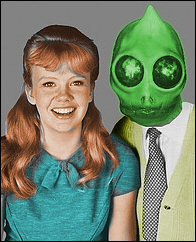

























Yup. A bizarre transformation over time to say the least.
ReplyDeleteKind of the opposite evolution from Green Arrow.
Anytime anybody has anything to say about the REAL AND ORIGINAL Superman, I'm so there as a reader. No joke. Sleestak, you're not fighting a woman now...!
ReplyDeletewell, you did get a non-weepy and fairly kickass version of Superman in the Justice League Unlimited cartoon series. If that counts for anything.
ReplyDeleteI wish we'd seem some more modern-day glimpses of the Progressive Superman.
ReplyDeleteStrictly speaking,though, I'd wouldn't call Spider-Man anti-authoritarian. Superman intentionally confronted authority; Spider-Man merely sought to evade it.
Point taken. Petey did run away a lot. Should have defined it that way. What i should have said was that Spider-Man wasn't fighting it authority, but defying it by not complying.
ReplyDeleteStill that way post-CiVil War?
I remember reading this a few months ago, after buying a trade paperback for my nephew.
ReplyDeleteI was pretty blown away - the few golden age stories I had read before certainly featured a progressive Superman, but this the first time I saw him directly tackle an issue rather than a smallish group of people.
I hate it when superheroes "take on issues" by whaling on a supervillain who superficially represents the issue in question, and then lectures some kids. So this is good stuff.